[Chexun. com] On the eve of the National Day in 2022, the Haval H6 plug-in version went on the market. After three weeks, I got a test drive. Although the test drive process was very short and failed to experience in various situations, it left a deep impression. Because, the last time I contacted Haval H6, it was 10 years ago. Unexpectedly, it has made great progress.

Haval H6 is on sale, which is divided into 1.5T, 2.0T, 1.5T hybrid and 1.5T plug-in hybrid. Among them, the 1.5T plug-in hybrid is a new energy vehicle, which adopts lemon hybrid DHT technology released by Great Wall Motor two years ago. This technology was first used in Wei brand, and this time it was Haval brand’s turn, and a brand-new green label was born: "Haval New Energy".
The manufacturer calls this new car "the third-generation Haval H6 DHT-PHEV", and its pure battery life is divided into 55 kilometers and 110 kilometers. The former has only one model of Yuexing, which costs 159,800 yuan, while the latter has two models of Yuexing and Changxing, the main difference is whether it has fast charging function, which costs 169,800 yuan and 173,800 yuan. This time I test-drive, it is the 169,800 yuan model.
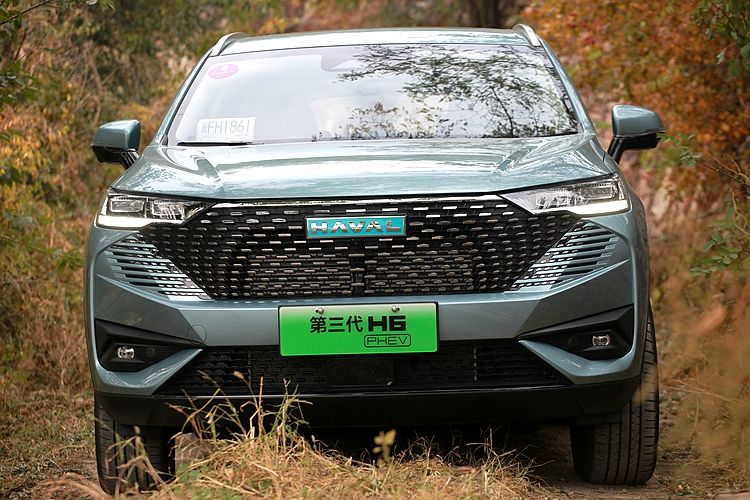
The appearance of the plug-in version is basically the same as that of the fuel version, but there are some changes in the details, but the change is not significant. In fact, since its birth 11 years ago, Haval H6 has developed into the third generation, and it can always maintain an atmospheric and plump image in terms of modeling, and its detailed depiction, such as net, headlights, profile, ribs and so on, moves with the trend and becomes more and more fashionable.
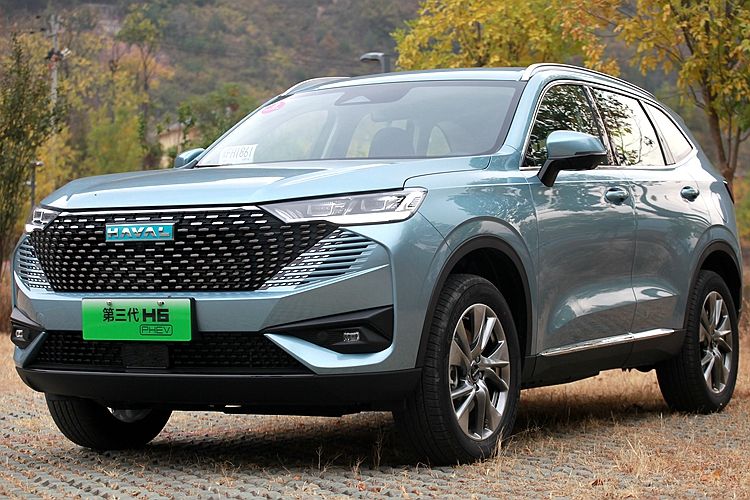
The specific data about the car are: the length, width and height are 4683× 1886× 1730mm, the wheelbase is 2738mm, the chassis ground clearance is 170/135mm (no load/full load), the approach angle is 20 degrees, the departure angle is 27 degrees, and the curb weight is 1790/1850kg (the battery life is 55/110km).
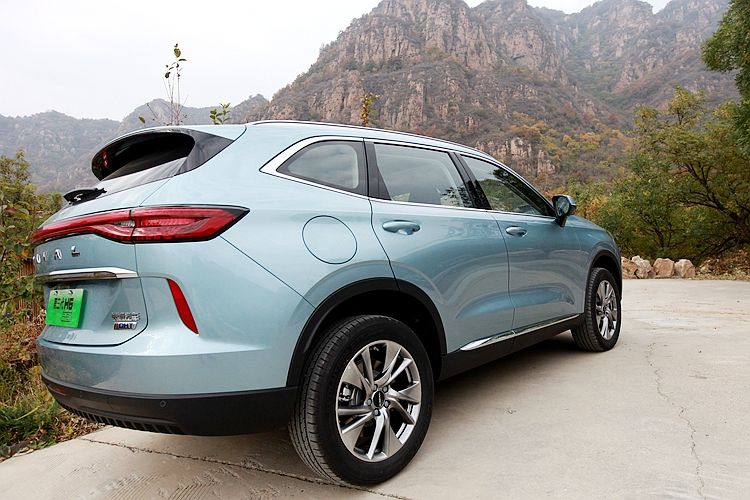
As the first new energy vehicle of Haval brand, the core of this car lies in:
1. Power: 1.5T hybrid engine+dual-gear dual-motor hybrid gearbox.
2, safety: "Core armor" battery safety, plus active safety and passive safety.
3, intelligence: driving assistance, voice interaction, car machine, single pedal mode, external discharge, and so on.
4. Chassis: front and rear independent suspension and electronic steering assist.
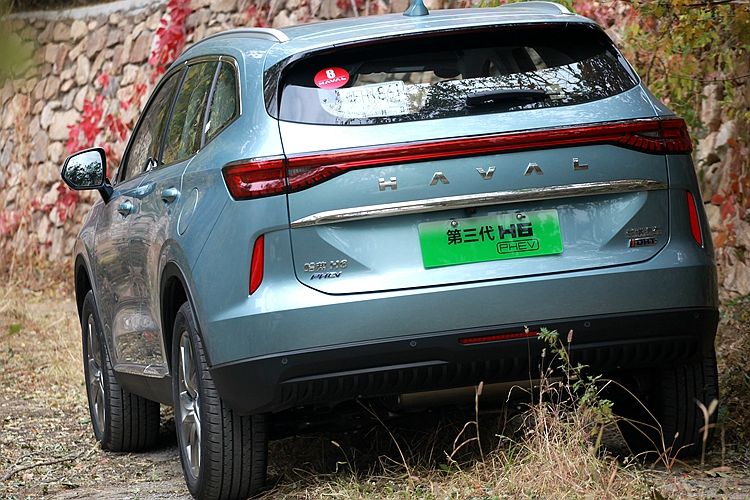
The internal combustion engine in the hybrid system is a 1.5T engine with the engine model GW4B15D. The technical highlights are Miller cycle and electronically controlled turbocharging, with a maximum power of 113kW and a maximum torque of 233 Nm.
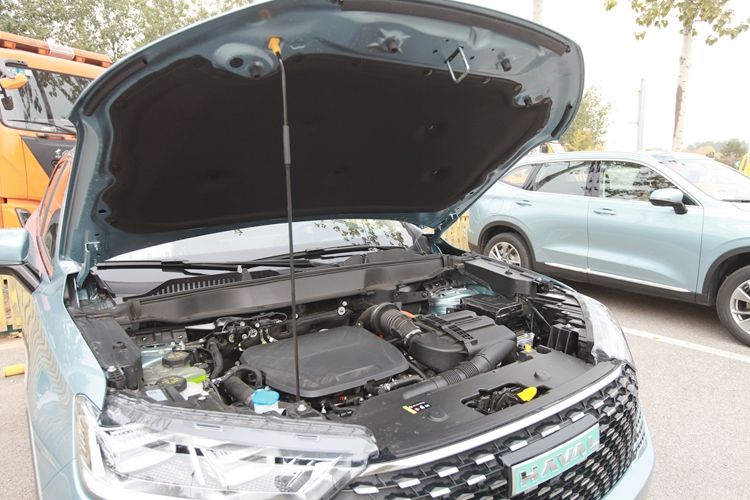
Next to the engine, there is a hybrid gearbox consisting of two gears and two motors. That is to say, the fixed shaft gear, driving motor, generator, controller, etc. are integrated together. Among them, the maximum power of the driving motor is 130 kW, the maximum torque is 300 Nm, the maximum power of the oil-electric hybrid is 240 kW, and the maximum torque is 530 Nm. The maximum design mass of this car is 2.27 tons. Although it is quite heavy, it has more than enough horsepower.
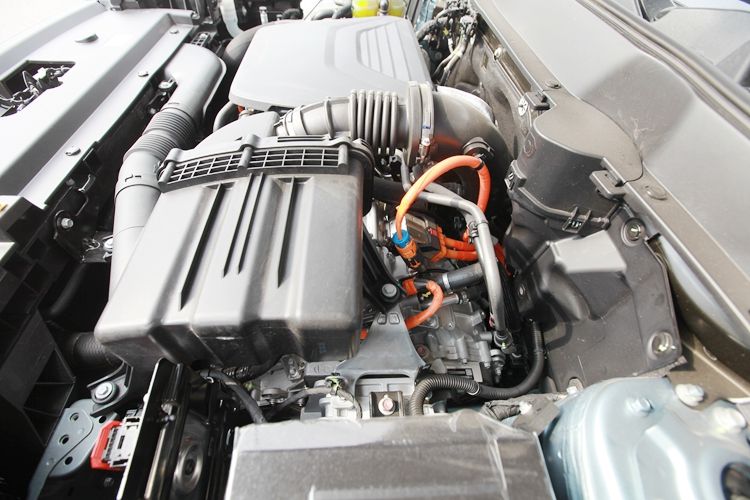
The two "doubles" in this hybrid power are quite bright. The first is a double motor, and the second is a double gear. After all, the single-speed transmission is more common in similar vehicles. With one more gear, it can better face different working conditions, thus improving power performance.
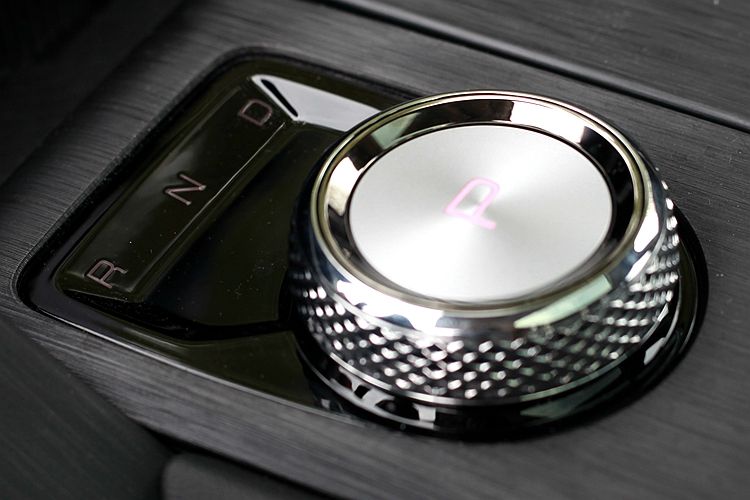
The car has the power modes of pure electricity, series connection, parallel connection, power direct drive, economic direct drive and energy recovery. According to the technical description, the working conditions corresponding to each mode are mainly:
Urban working conditions — — Pure electricity, series connection.
Medium speed cruise — — Pure electric and power direct drive.
Medium speed and rapid acceleration — — Parallel, full load.
High-speed cruise — — Pure electricity and economical direct drive.
High speed and rapid acceleration — — Parallel, full load.
Deceleration braking — — Energy recovery.
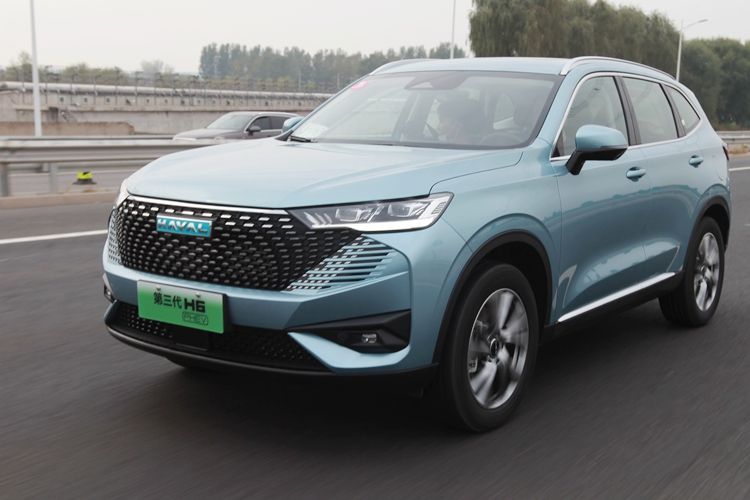
Among the above modes, it is interesting that it divides engine direct drive into power direct drive and economic direct drive, the former is the first gear with strong power; The latter is the second gear, mainly based on economy. This is its characteristic: it can not only ensure power, but also achieve low energy consumption.
In the technical description, the manufacturers summarized the different driving modes adopted by different vehicle speeds as follows:
Pure electric mode: the driving motor drives the wheels through two-stage gears.
0-60 km/h: The engine drives the generator, providing power to the driving motor and driving the wheels. This mode belongs to series, which is the same as the extended range mode.
60-70km/h: The engine passes through the direct drive wheel with large speed ratio.
More than 70 km/h: The engine passes through the direct drive wheel with small speed ratio.
Full load driving: three power units output power at the same time.
Deceleration and downhill: the kinetic energy is recovered by the generator.
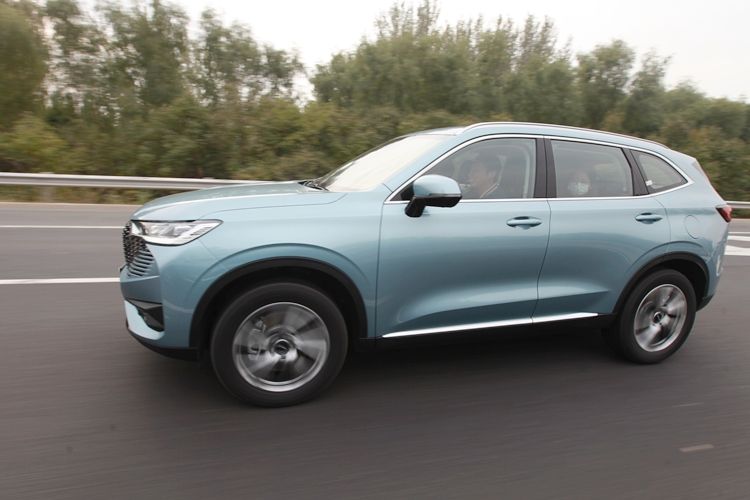
But in the test drive, I found that as long as there is enough electricity in the power battery and the driver doesn’t accelerate quickly, it will always be driven by pure electricity, even if the speed reaches 100 kilometers or 120 kilometers per hour, it will always rely on electricity. When we set out, the electricity consumption was about two-thirds. After one hour, I had a chance to pay special attention to it when I was driving — — At this time, although only one-third of the electricity is left, it is still pure electric driving.
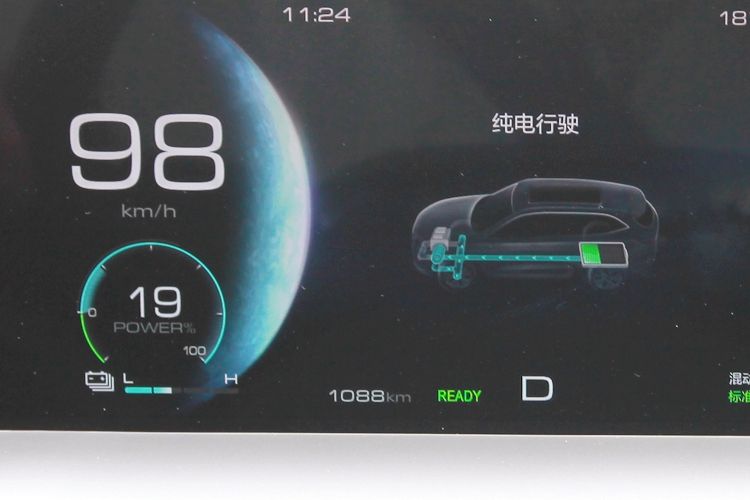
After walking for twenty or thirty kilometers, when the power drops to about 23%, the engine starts, the starting process is very smooth, no obvious vibration is felt, and the noise after starting is very low, which is almost imperceptible unless you pay special attention. At this time, due to the low speed, the working mode is series.

Subsequently, due to the speed increase, the working mode quickly became parallel. At this time, the power of the power battery has been lower than 23%, and the engine has changed from quiet to rumbling. It is estimated that it is working at full load, driving both the vehicle and the generator. Not long after, the power level rose to 28%, the engine noise became smaller, and some sections resumed pure electric drive.

This test drive starts from the edge of Beijing, goes along the expressway to Pinggu District, and after a section of mountain roads, it reaches the finish line. During the 200-kilometer round trip, my first feeling was comfort — — Pure electricity, series connection, parallel connection and direct drive, these modes are connected very smoothly, and the ride comfort is very good. If you don’t look down at the instrument, it is difficult to detect the changes in most cases. I feel deeply about this. After the 2.0 manual in 2011 and the 2.4 automatic in 2012 were born one after another, I conducted a test drive at the first time. Although I can sum up many advantages, I have always been worried about their ride comfort. I didn’t expect to meet again after 10 years, and the change was so great.
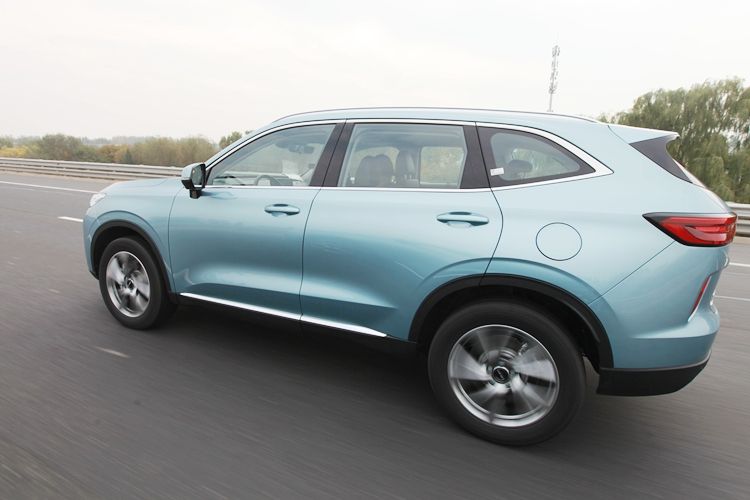
The second feeling is carefree — — The driving experience of the pure electric part is the same as that of the electric car. Needless to say, the key is that the speed reaches a certain level. When driven by the engine, as long as the throttle is clicked, the motor will immediately participate, and the two work together to speed up simply and neatly, which makes people feel comfortable and carefree. According to the manufacturer’s data, the car accelerates 7.8 seconds per 100 kilometers. This kind of test is generally weighted. If you drive alone, it should be faster.
The third feeling is stability — — The performance of suspension and direction is quite good, and there is nothing wrong with it. Suspension adjustment belongs to the middle style, that is, moderate hardness. The test drive was flat and asphalt road, and it performed smoothly in this road condition, especially on the expressway. There was a staff member of Great Wall Motor with the car. According to him, even if the car was driven at 180 kilometers per hour in the test site, the car was still stable and did not float at all.
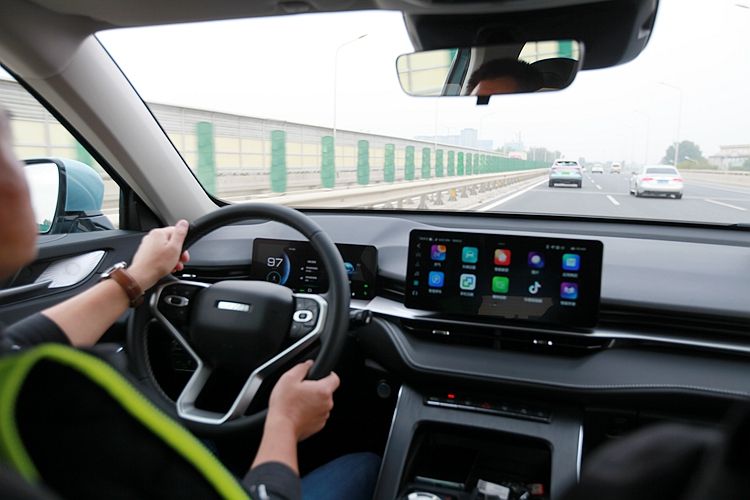
In terms of energy consumption, the comprehensive fuel consumption per 100 kilometers is 2.82 liters /1.55 liters in full charge state (55 kilometers /110 kilometers in pure charge), and the comprehensive fuel consumption per 100 kilometers in deficit state is 5.6 liters (WLTC standard). Before the car went on the market, it was tested in the laboratory of China Automotive Research Institute. It was full of oil and electricity, and it traveled continuously for 43 hours. The highest room temperature was 60 degrees Celsius and the lowest was MINUS 40 degrees Celsius. The final result was 1178 kilometers.
During the test drive, I recorded it incompletely. After driving 155 kilometers, the fuel life dropped by 431 kilometers, and the pure electric life dropped by 19 kilometers. The drop in the meter display is greater than the actual mileage, which is estimated to be related to our long-term stop to take pictures.
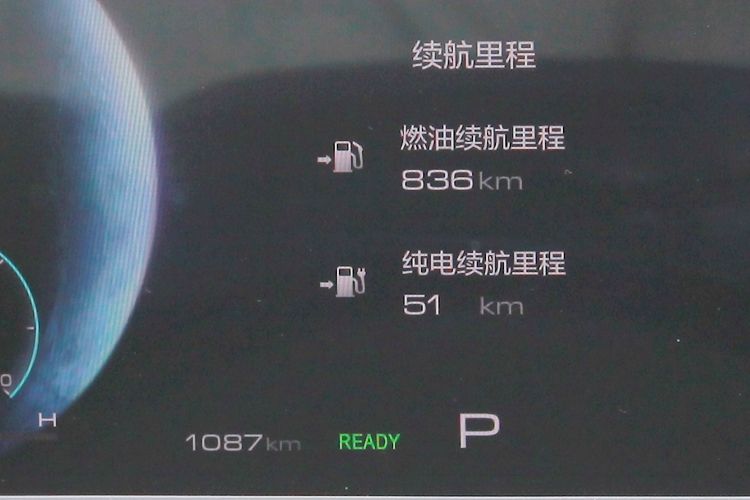
After talking about the test drive, I will give you a comprehensive introduction of this new car from the outside to the inside.
It is equipped with 19-inch wheels, and the tires of the shooting car are EVOLUTION CTT with solid platinum tires. This is a product that meets the needs of our country, with the theme of comfort and certain performance. tyre size 235/55R19.

In the chassis part, there is a large area guard plate at the bottom of the front of the car, which basically protects the engine compartment.
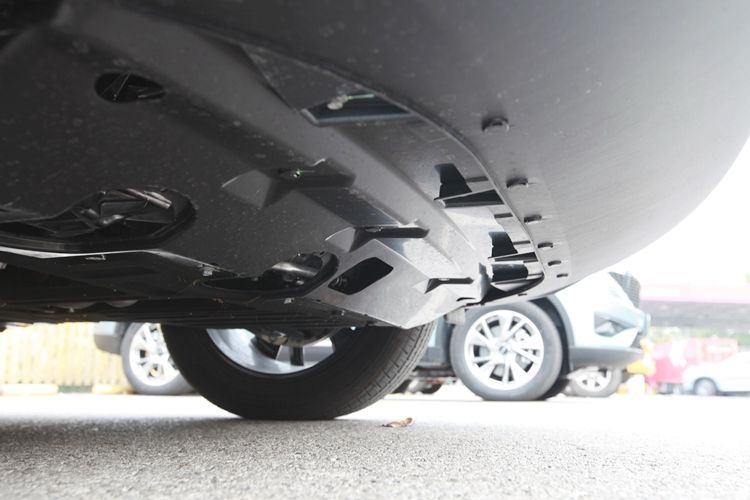
The front suspension is McPherson type, and the rear suspension is multi-link. The comfort and stability just mentioned are inseparable from this four-wheel independent suspension.
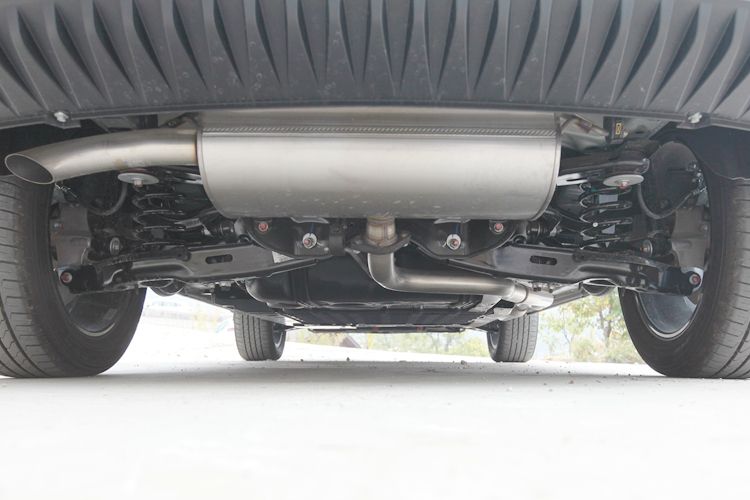
A power battery is hoisted in the middle of the chassis, and the model with a battery life of 55 kilometers is equipped with a lithium iron phosphate battery with a battery capacity of 9.4 kWh. The model with a battery life of 110 kilometers is equipped with a ternary lithium battery with a battery capacity close to 20 kWh. According to reports, the highlight here is "core armor" — — The battery was protected by steel box, and the fire, immersion and extrusion tests were carried out which were more than twice the national standard.
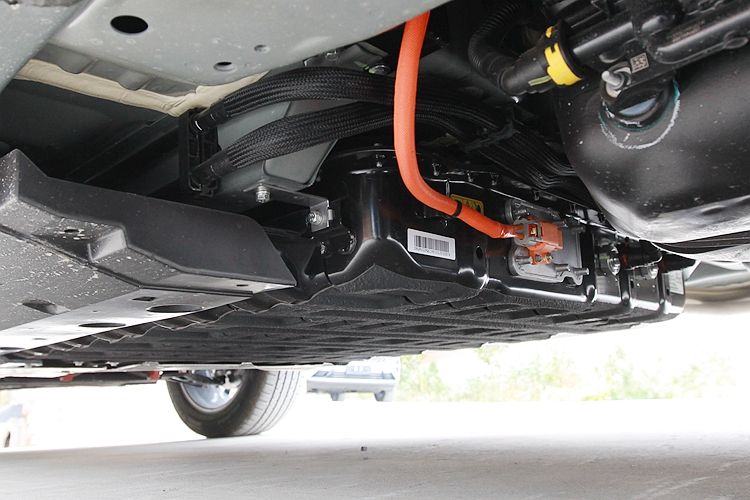
Behind the left side of the car body, there is a fuel filler, using 92 # gasoline, and the fuel tank volume is 55 liters.
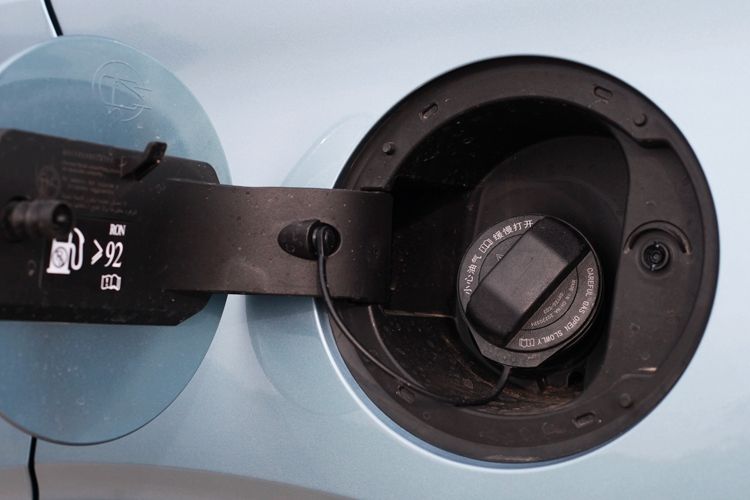
Behind the right side of the car body is the charging port. Among the three models already on the market, Yuexing version is AC slow charging, which takes 1.5 hours /2.6 hours (battery life 55 km /110 km); Smooth version is equipped with DC fast charge, which takes 0.5 hours to charge to 80%.
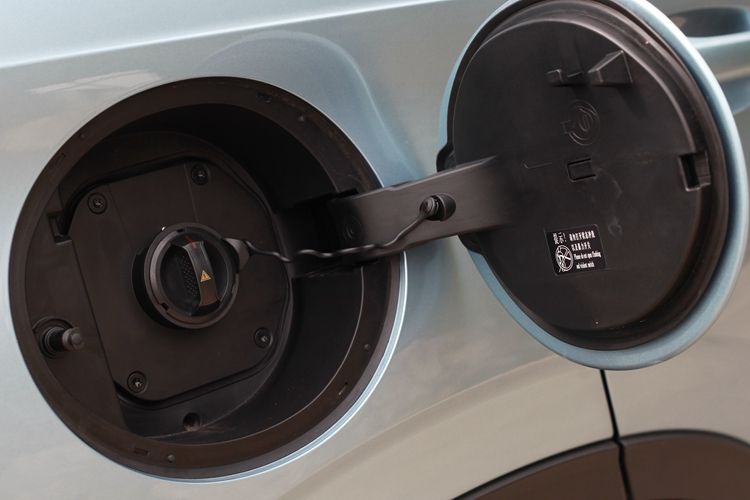
In the luggage compartment, there is a small black bag with a wiring board inside. If you plug it into the charging port, you can get electricity. The maximum power is 3300 watts, which is enough to support high-power appliances such as microwave ovens and electric ovens. This function is quite practical if you have a picnic or camp.
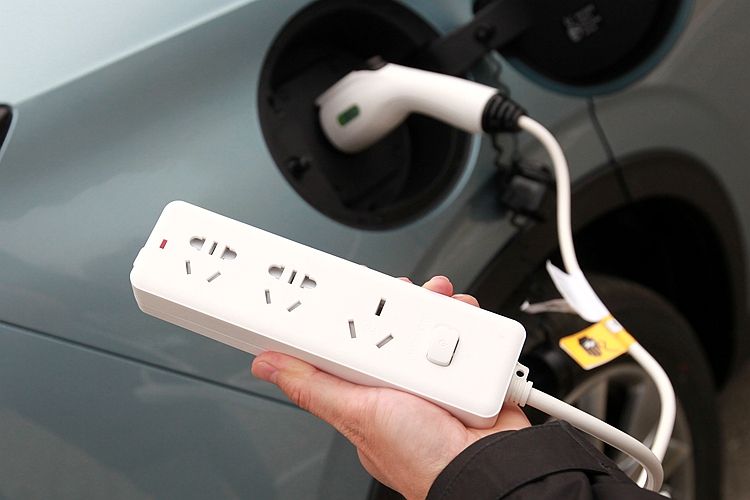
Look outside the car and look inside. The shape of the interior is the same as that of the fuel version, and the colors are divided into black, black+gray, black+red and black+brown.
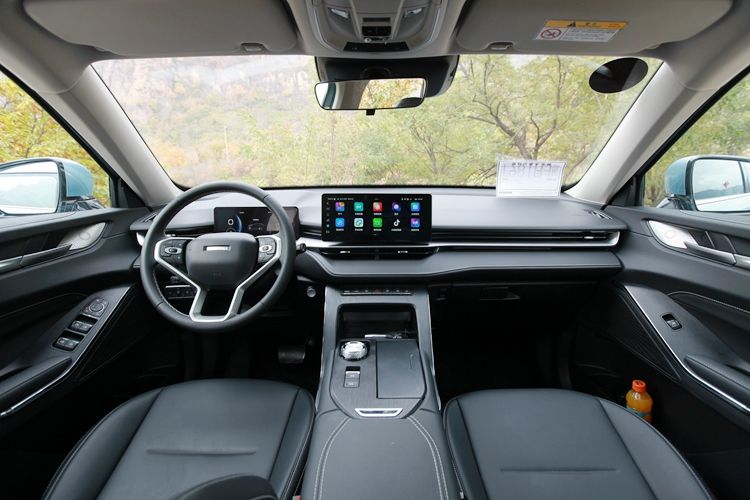
Part of the interior is wrapped in leather, supplemented by decorative strips or stitches. The door armrest is quite wide, with the same style and appearance — — Very atmospheric.
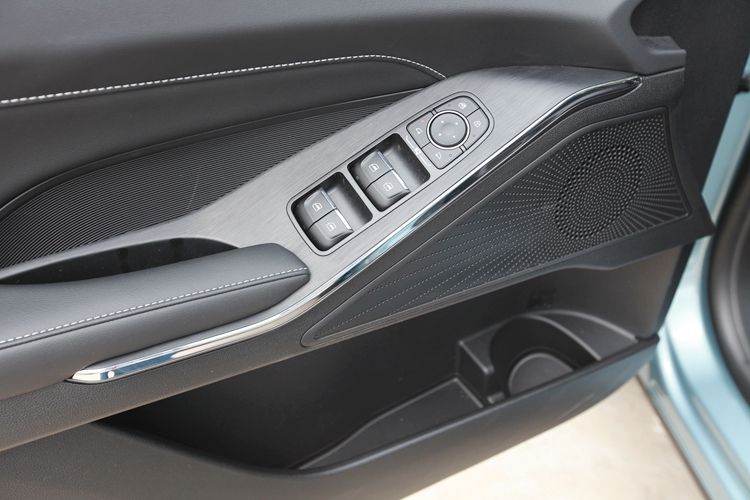
The leather multi-function steering wheel is standard, with up and down+front and rear adjustable functions. The buttons on the left and right thumbs feel good, no signs of looseness are found, and the sense of operation is clear.
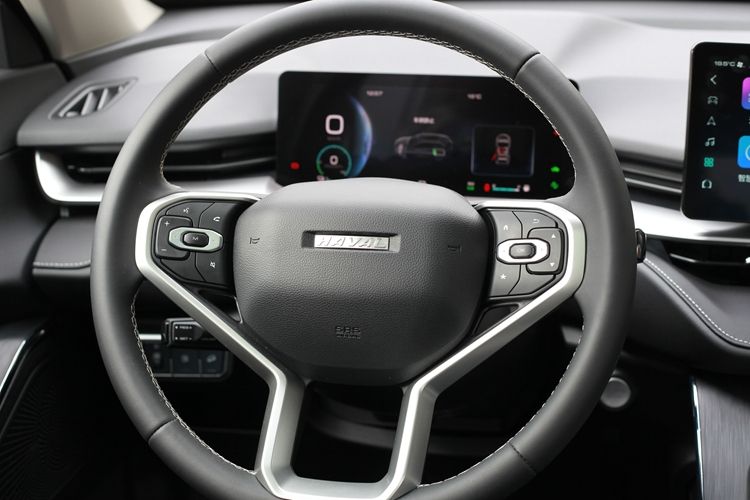
The dashboard is a 10.25-inch LCD screen with no "eaves" on it, which seems a bit abrupt. The screen definition is good, but the interface design looks ordinary and doesn’t make people feel bright.
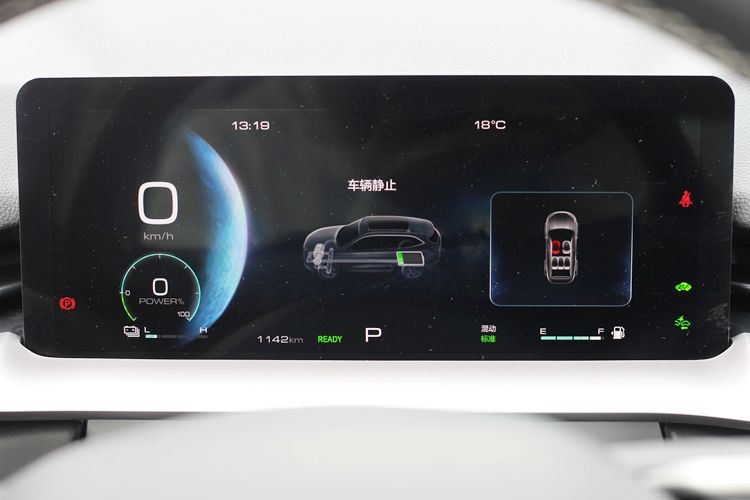
There is also a 9-inch head-up display in the driving part, which can achieve 3-screen linkage with the instrument screen and the central control screen, but it does not seem to be standard. If necessary, it can be optional.
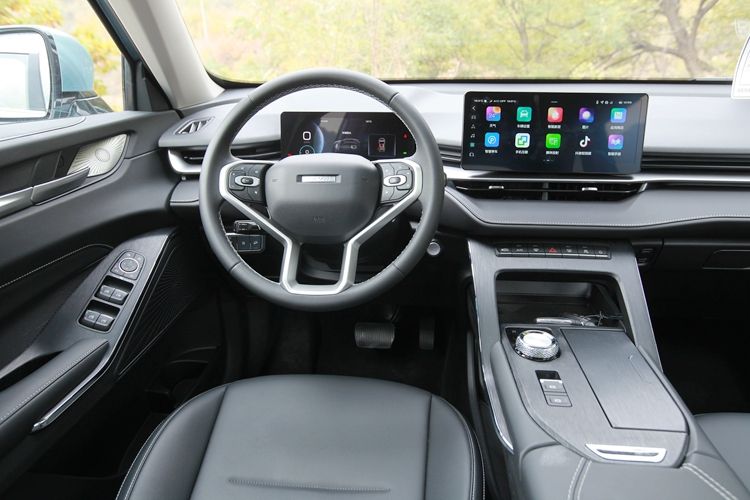
The size of the central control panel is 12.3 inches, which is horizontal and suspended. The interface design here is good, which I think is better than the instrument panel. In addition to entertainment, information and applications, various settings including air conditioning are also operated here. For example, the car has L2 intelligent driving assistance, including lane centering, lane departure warning, full-speed adaptive cruise, active braking, traffic sign recognition, fatigue warning, door opening warning, front collision warning, rear collision warning, reversing side warning, and so on. In addition, it also has four driving modes, such as standard, economy, sports and snow. Moreover, the setting of energy recovery is also completed in the central control panel. I think it is worth considering here, because this is a common key for driving in mountainous areas. If it can be changed to the steering wheel or the middle platform, it will be fine.
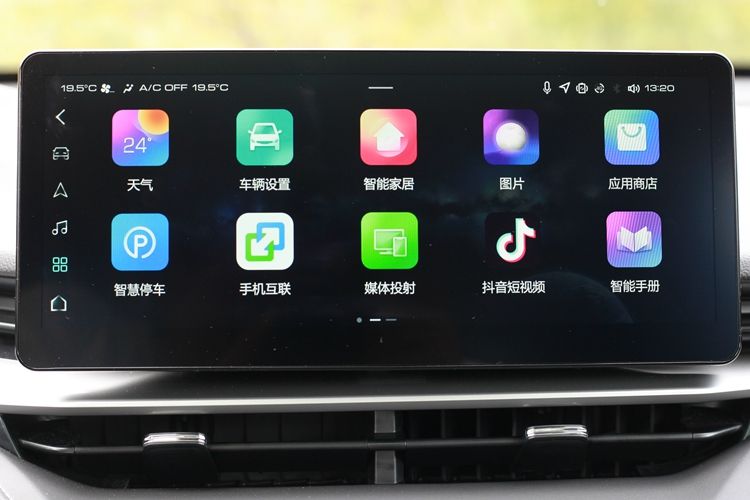
Navigation, road condition display, car networking, OTA upgrade, voice operation, 360-degree panoramic image, 180-degree transparent chassis and so on are standard in the central control panel. The voice operation scope includes multimedia, navigation, telephone, air conditioner and skylight.

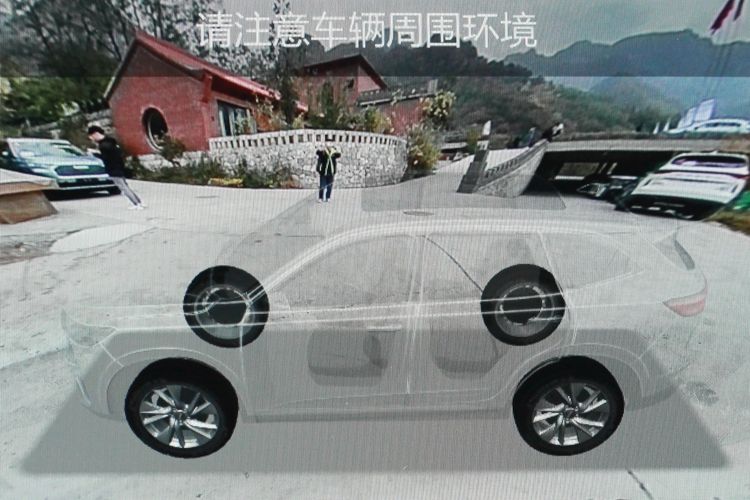
The middle platform part, the front end is the operation key, the middle part is the gear operation and cup holder, and the end is the central armrest and the middle storage box.
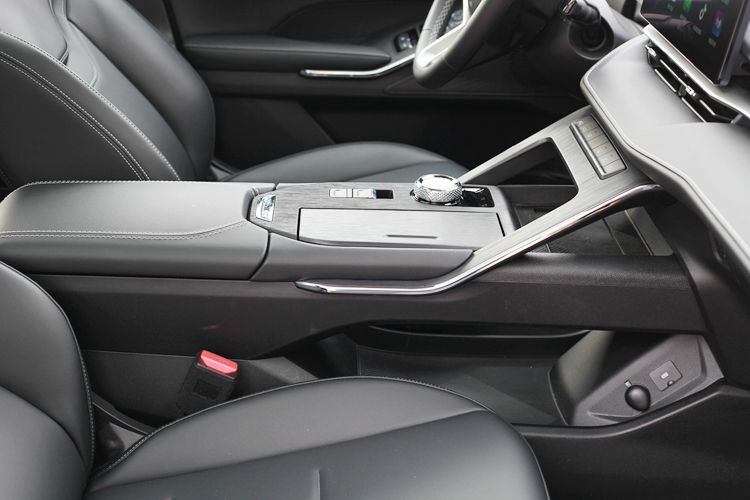
There is a "ramp" at the front of the platform, on which are control keys such as defrosting, double flashing and image, and the "small tray" below is the location for wireless charging of mobile phones.
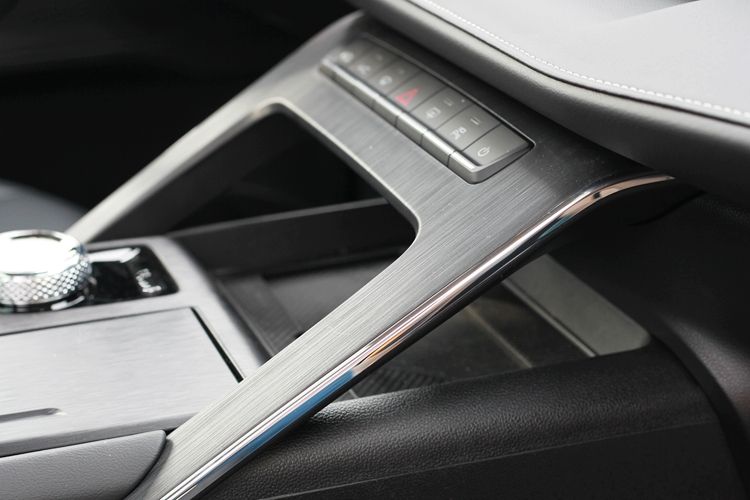
The middle section of the platform is knob-shaped gear operation, parking brake and double cup holder with cover plate. The storage box under the central armrest at the end is not very large, but it’s ok.
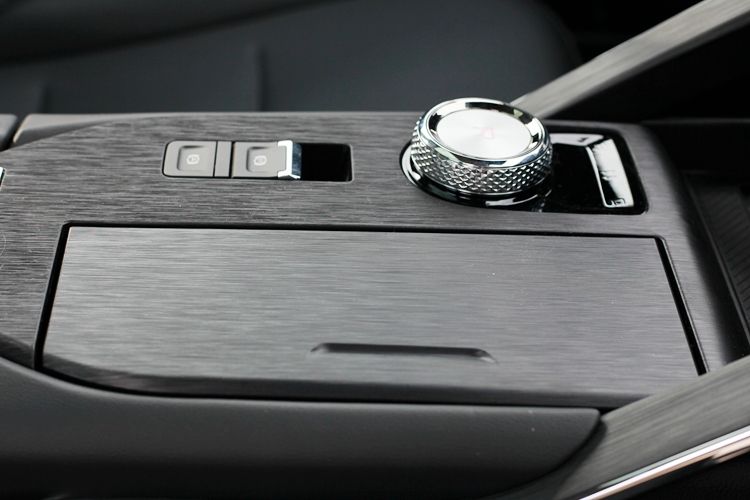
The middle platform is hollow, on the one hand, some small items can be put, on the other hand, 12 volt power supply and USB interface are also arranged here.

Panoramic skylight is standard, as well as roof rack, electric tailgate and keyless entry in the front row.
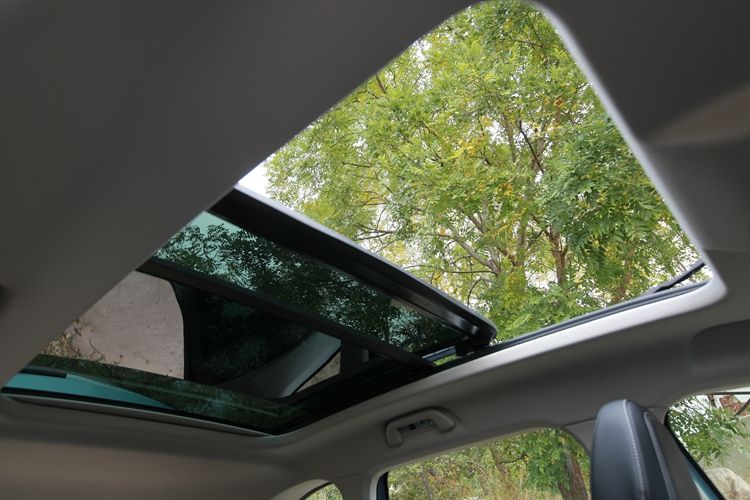
Finally, look at space — — The front row is 1505 mm wide, 1025 mm high and the chair surface is 480 mm long. The height of the driver’s seat is adjustable, and the adjustment range is about 65 mm, so that drivers of different sizes can get a sitting position conducive to safe driving.
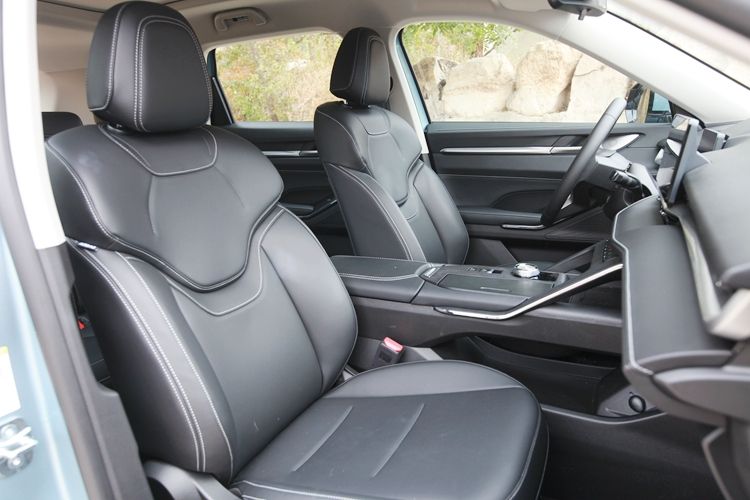
The back row is 1475 mm wide, 1000 mm high and the chair surface is 510 mm long. It is rare that the length of the seat surface of the rear seat exceeds that of the front seat. The main reason is that there is a "slope" at the joint between the seat surface and the back of the chair, and there is an inclination angle at the front edge of the seat surface, thus increasing the length of the seat surface. In addition, the longitudinal length of the car is about 2030 mm, which makes the rear seat have plenty of legroom.
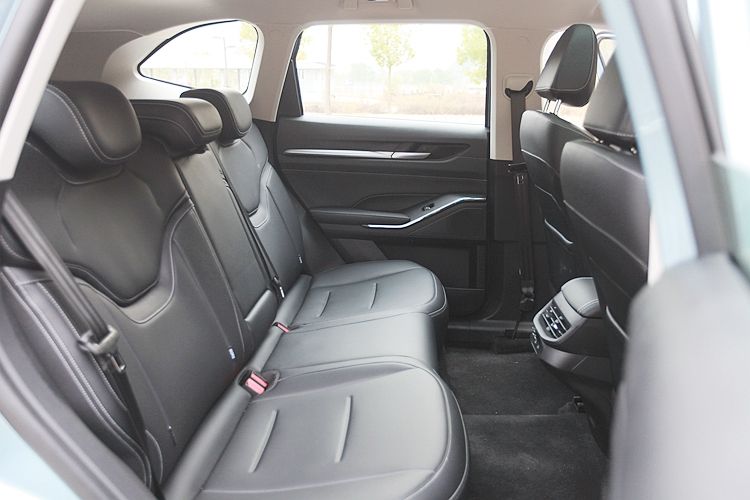
The minimum spacing in the middle position is 240 mm, and the floor there is raised, with a height of about 50 mm. Such a small size is almost negligible. The rear air outlet and dual USB interface are standard configurations.
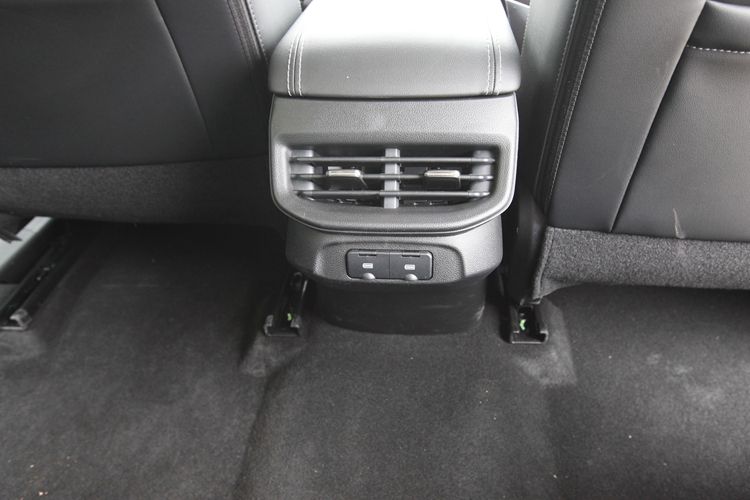
The rear seats can be folded in sections, and the folding mode is that the back of the chair is tilted forward. After folding, the back of the chair is slightly upturned, but the amplitude is not large, which can be regarded as basically flat.
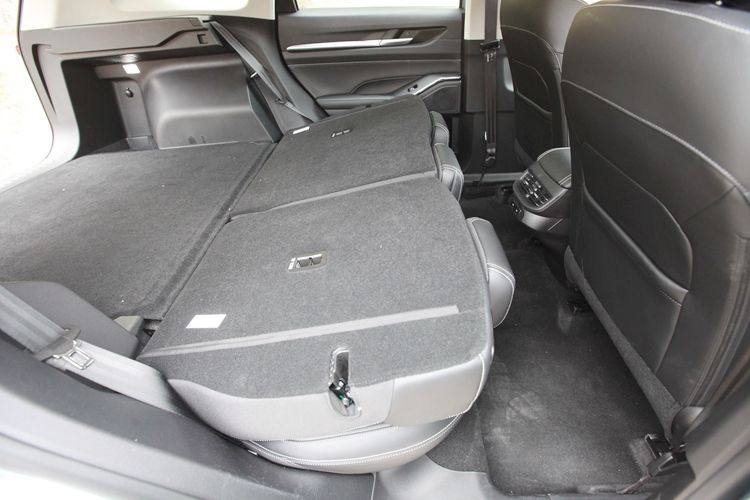
The length of the folded floor is 1560 mm, the length from the rear air outlet is about 1900 mm, and the volume is 1485 liters. This space is basically no problem for a single person or a double person to sleep in a car when going out to go on road trip.
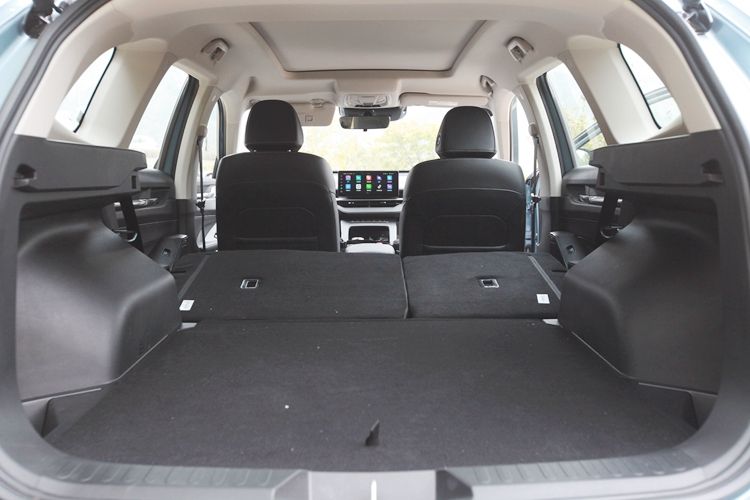
Looking at the luggage compartment alone, the depth is 960mm, the width is 1020mm, the height is 735mm, the height below the shielding plate is 420mm, and the volume is 560l.
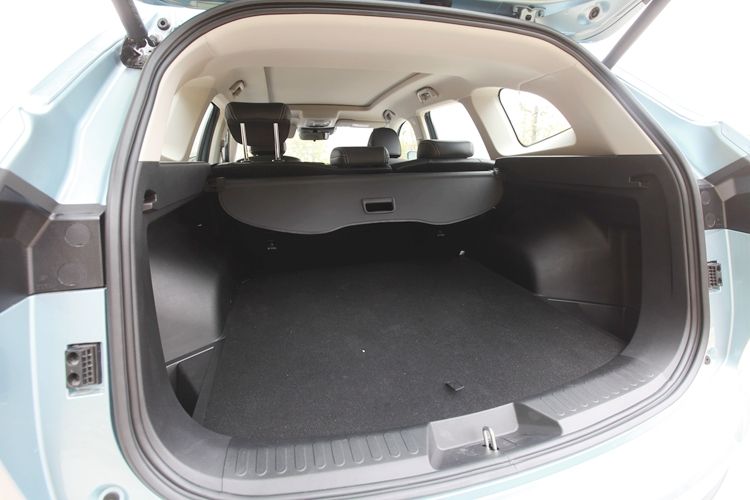
Under the floor of the luggage compartment, there are several storage tanks for storing trailer hooks, triangular plates, charging cables, tire patching agents and air pumps respectively. The car has no spare tire. In case of air leakage, you can repair it yourself with the above tools or call for rescue.
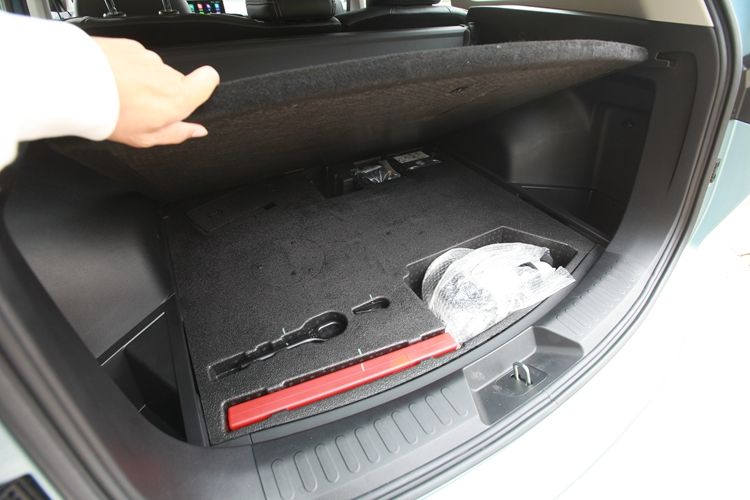
The final summary:
Good ride comfort, strong power, good chassis and direction performance, very comfortable driving and riding, and spacious rear space are the places that impressed me the most about the new car.
Compared with the 2022 1.5T fuel version (the guide price is 11.59-137,000 yuan), the value of this hybrid mainly lies in "new energy". One is to reduce the use cost, and the other is to enjoy preferential policies, such as restrictions and exemption from purchase tax. Of course, it also has the advantage of strong power.
If you have the charging conditions at home, such as a small courtyard in rural areas, its advantages may be even more obvious. The battery life of 55 or 110 kilometers can basically meet the daily needs of many people, and the use cost is almost negligible.
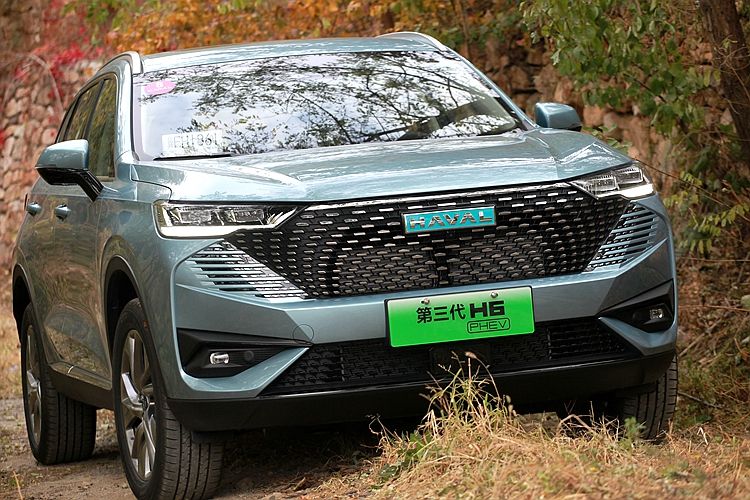
Because hybrid and plug-in hybrid have a wider scope of application than pure trams and can better meet the demand, many manufacturers have launched their own products, such as BYD DM-i, Changan Blue Whale iDD, Geely Raytheon, Chery Kunpeng, Chuanqi Julang and so on. Great Wall Motor, which has a brilliant performance in the field of fuel vehicles, has also begun to use hybrid technology in the "National God Car". Moreover, it is not only sold in China, but also listed in Thailand a few days ago, with a price of 1.699 million baht, about 320,000 RMB.
It is an "unexpected" that it is so much more expensive than domestic ones.